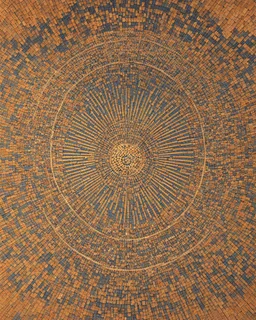

@generalpha
Prompt
Some elements show the influence from the north and east, and other elements reveal the south-east of France to be an important crossroad on an important route of communication and exchange spreading north. A distinctive 'barbed wire' pottery decoration is thought to have migrated through central Italy first. The pattern of movements was diverse and complicated, along the Atlantic coast and the northern Mediterranean coast, and sometimes also far inland. The prominent central role of Portugal in
statue, doubles, twins, entangled fingers, Worst Quality, ugly, ugly face, watermarks, undetailed, unrealistic, double limbs, worst hands, worst body, Disfigured, double, twin, dialog, book, multiple fingers, deformed, deformity, ugliness, poorly drawn face, extra_limb, extra limbs, bad hands, wrong hands, poorly drawn hands, messy drawing, cropped head, bad anatomy, lowres, extra digit, fewer digit, worst quality, low quality, jpeg artifacts, watermark, missing fingers, cropped, poorly drawn
1 year ago
Model
SSD-1B
Guidance Scale
7
Dimensions
1024 × 1024



![[live in the jungle] Ce type de bâton est l’emblème de la société yona (voleurs rituels). Chaque famille dogon a son voleur rituel. La principale activité de cette société est d’intervenir lors des funérailles de l’un de ses membres, volant des animaux domestiques afin de les sacrifier et de s’en nourrir au cours de la cérémonie funéraire. Ce bâton de voleur, appelé yo domolo, est sculpté de chevrons symbolisant la pluie et le serpent lebe, ancêtre mythique source de fertilité. L’extrémité évoqu](https://img.stablecog.com/insecure/256w/aHR0cHM6Ly9iLnN0YWJsZWNvZy5jb20vZTc5NDhhYjItMDc3ZC00NTU1LWEwMzUtZDhkZTg2MjA0Mzc4LmpwZWc.webp)







